Developing an Enabling Environment for Clean Cooking Enterprises
Developing an Enabling Environment for Clean Cooking Enterprises
During the past 30 years, the government of India has launched various programmes to curb the use of hazardous traditional cookstoves. Inspite of these initiatives, 170 million predominantly rural households primarily still use traditional cookstoves and unprocessed biofuels for their cooking requirements. As a result, there has been limited success in addressing Household Air Pollutions (HAP) and other health concerns related to the use of traditional cookstoves.
Moreover, after 60 million new households being connected to LPG, post the PM Ujjwala Yojana, there has not been a proportionate increase in the consumption of LPG. This could mean that LPG is still being used sparingly in rural areas as affordability, availability, and reliability still pose a major challenge to adoption.

Moreover, after 60 million new households being connected to LPG, post the PM Ujjwala Yojana, there has not been a proportionate increase in the consumption of LPG. This could mean that LPG is still being used sparingly in rural areas as affordability, availability, and reliability still pose a major challenge to adoption.
The clean cooking sector has long been plagued with challenges related to competing with the free and abundantly available unprocessed biomass which in spite of its health hazards continues being used by rural households. Many solutions offered under government programs require lifestyle changes by the end users. The design attributes also did not meet the needs of the end users. Such reasons, in addition to the price factor, have resulted in low adoption rates of clean cooking solutions.
While formulating a new clean cooking program, it is essential to create an enabling environment for enterprises, eliminate the demand and supply barriers and stimulate the market. This can be done in the following ways:
- Consumer Preference Studies: Given the vast geography of the country and varying cultural preferences in food habits, it is important to conduct a large scale consumer study and design a program which provides end-consumers with a plethora of options that cater to their cooking and consumption preferences.
- Financing Clean Cooking Programs: There is a need to do away with subsidy based models in order to cultivate a sense of ownership among the beneficiaries and enable the enterprises to build a conducive market for their products. This would also enable enterprises to receive reliable data during the monitoring and evaluation phase as the end-users would not feel obligated to them for receiving a free product. A welcome step would be enterprise level investment in order to help them scale their businesses, deploy solutions at a larger scale, and develop comprehensive O&Mn linkages. This can be done by attracting private investments and some form of risk guarantees from the Government’s side.
- Awareness Campaigns: While funds have been allocated in the past for awareness campaigns, they need to be utilized in a helpful manner. This can be done by providing funds for capacity building of NGOs and grassroot organisations who would in turn be able to reach out to a wider audience with these campaigns.
- Developing Market Linkages: The NGOs and grassroot organisations can be incentivized by enterprises for deployment of their products. Reducing perception of risks associated with clean cooking technologies will enable an increase in adoption and adaptation rates.
- Close Monitoring and Field Testing: The performance of the technologies need to be closely monitored on the ground in terms of performance on the field, reduction in emissions, fuel savings, etc. Practitioners have often stressed that technologies need to be tested not just in labs but also on the ground in order to assess their actual performance.
- Collaboration with Other Ministries: Working closely with relevant Ministries such as Ministry of Rural Development and Ministry of Human Resource Development, who share a common goal of eliminating HAP and reducing carbon emissions can be useful in curbing the use of traditional chulhas which has proven to be a persistent problem for the nation.
- Level Playing Field: It has become essential in the framing of new clean cooking initiatives, to give equal focus on different types of clean cooking applications available in the market. This will address the need to provide options based on cultural preferences and create an ecosystem of clean cooking enterprises to flourish.
The adoption of these recommendations with due focus given to a plethora of factors such as policy, innovative financing, Research & Development, and awareness campaigns will lead to the creation of a healthy environment for the sector and help in providing clean cooking solutions at scale. These in turn will help in curbing the use of traditional chulhas, eradicating health issues stemming from HAP, and reducing carbon emissions.
Written by: Ananya Saini
Ananya is a development sector professional working as Associate – Policy with CLEAN


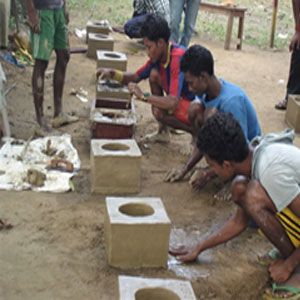
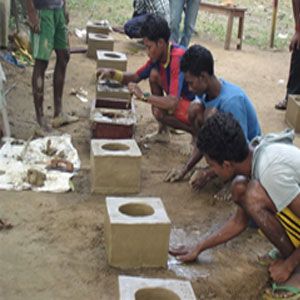
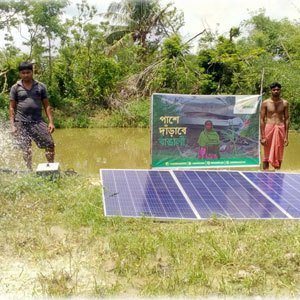
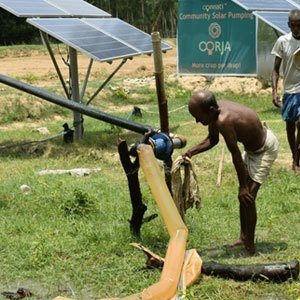
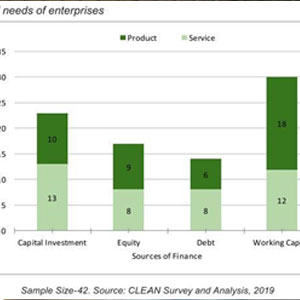
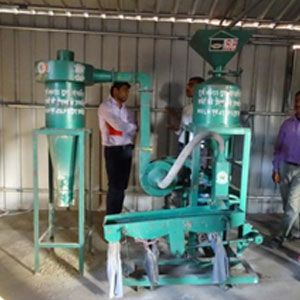







Posts Comments (0)
Write a Comment
We’ll not publish your email address. Required fields are marked with *